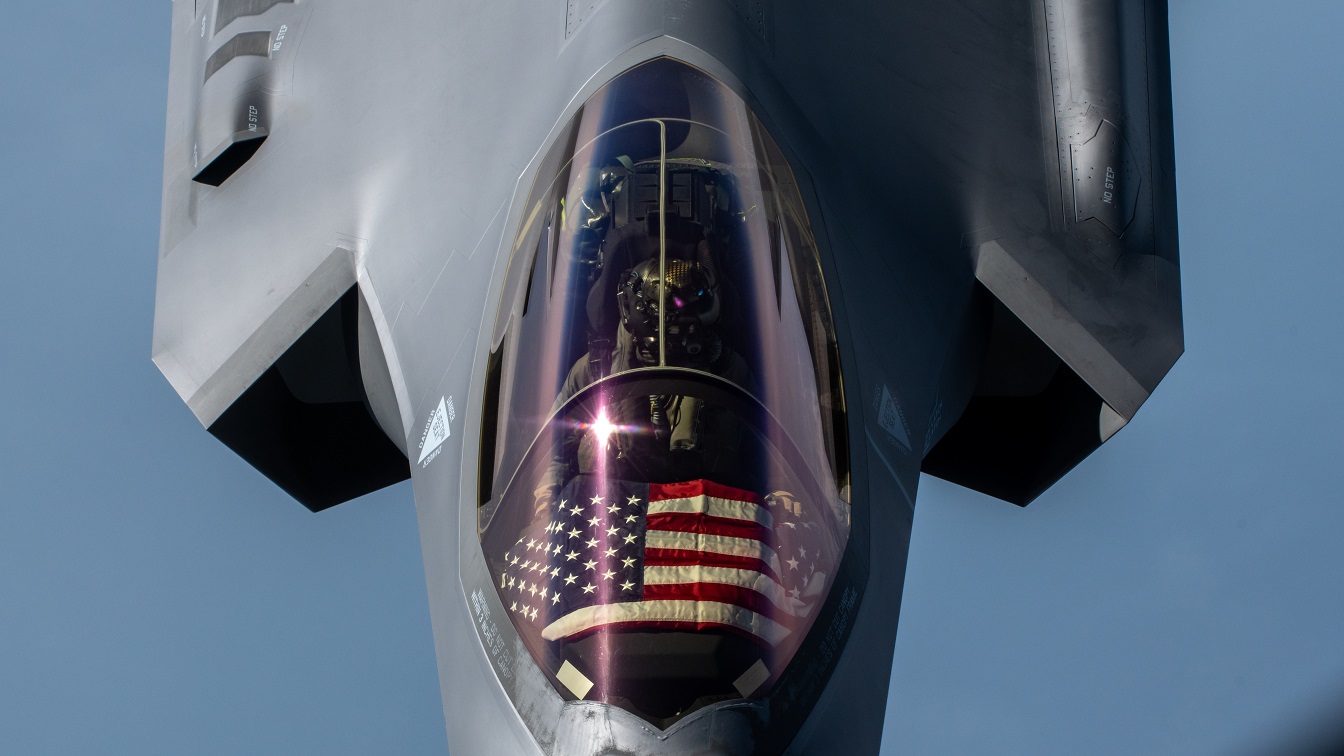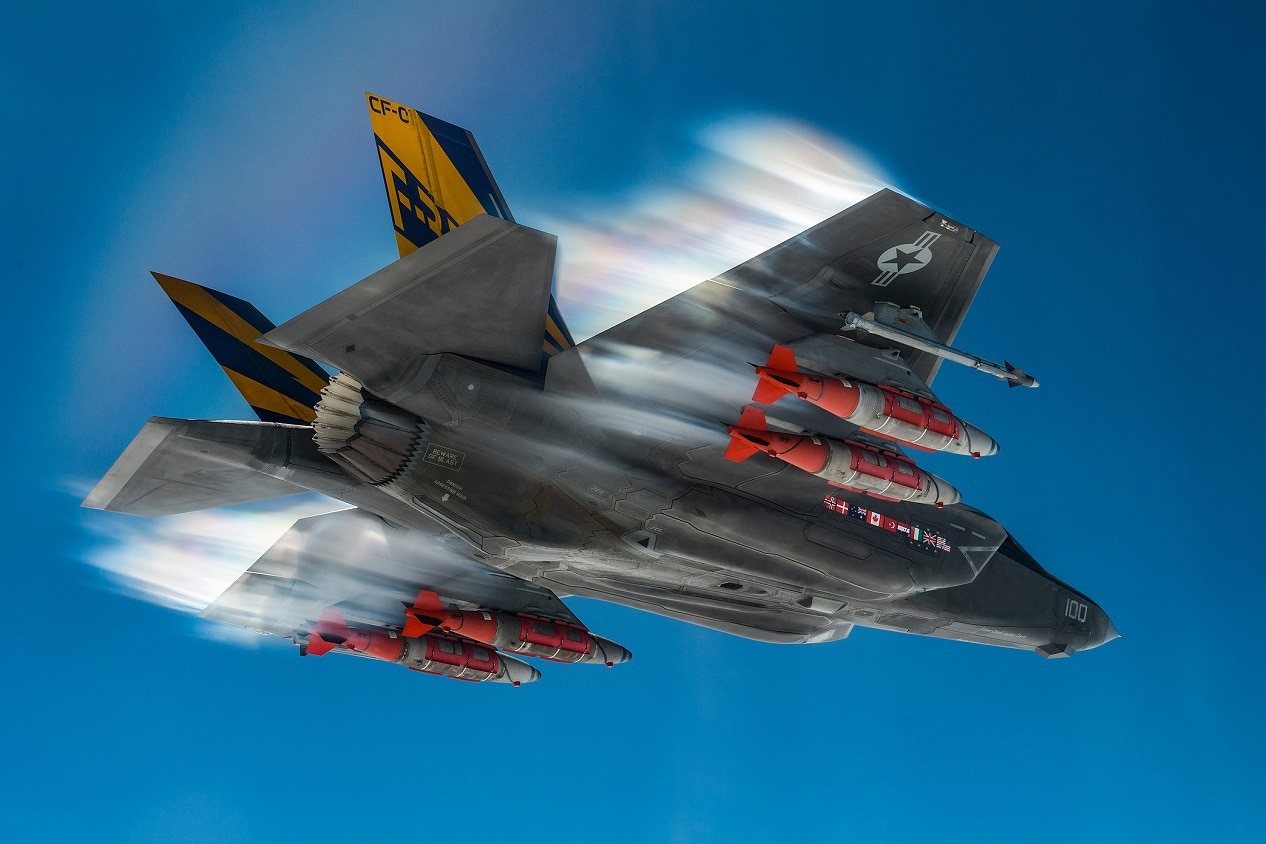Key Points: Following the Liberal Party’s election victory, Prime Minister Mark Carney’s potential review or scaling back of Canada’s F-35 fighter purchase is viewed as a critical error.
-Such a move, amidst a challenging global environment and a US administration under President Trump demanding allied burden-sharing, would signal Canada is no longer serious about its own defense or international commitments.
-The F-35 is deemed essential for Canadian airspace sovereignty, NORAD obligations, and NATO interoperability; alternatives like the Gripen are considered inadequate. Retreating from the 88-jet F-35 deal would cripple the RCAF and severely erode Canada’s military relevance.
Canada May Dump the F-35 Deal:
Mark Carney’s Liberal Party has won the recent federal election and will form Canada’s next government.
Conservative leader Pierre Poilievre lost not only the election but his own seat.
The New Democratic Party has been annihilated, falling below the threshold for official party status.
And the result is a political vacuum at the worst possible moment: just as Canada confronts an increasingly challenging strategic environment, it is poised to return to the habits of drift, evasion, and denial that have long plagued its defense policy.
The F-35 Crisis for Canada
At the center of this unfolding crisis is the future of the F-35 program.
Canada’s 2022 decision to purchase 88 of the fifth-generation jets was not visionary – it was overdue and reluctant.
But it was also necessary.
The Royal Canadian Air Force is flying CF-18s that belong in museums. The pilot corps is thinning. Maintenance is in crisis. And the country’s northern skies are increasingly contested by Russian and Chinese military aircraft. The F-35 is not a luxury. It is the minimum required to keep Canada in the game – to defend its airspace, fulfill its NORAD obligations, and remain interoperable with the U.S. and NATO.
Yet even before the ballots were fully counted, Carney’s circle was already talking about “reviewing procurement priorities,” “rebalancing defense spending,” and “investing in Canadian innovation.” These are not technocratic niceties. They are red flags. They signal what seasoned observers of Liberal defense policy have seen before: the opening moves of a slow retreat, disguised as deliberation. What comes next is entirely predictable – delays, reductions, and eventually abandonment. It’s how Canada kills military programs: not with outright cancellation, but by bleeding them to death through inertia.
Let’s be clear. There is no credible alternative to the F-35. The Saab Gripen, which Trudeau-era Liberals once tried to elevate as a non-American option, cannot compete. It lacks stealth, sensor fusion, and the scale of allied integration. It is dependent on U.S.-controlled components. And it is not interoperable with the combat systems that define modern networked warfare. In short, it would leave Canada more isolated, not less.
What Would Canada Gain in Killing the F-35 Deal?
And what would Canada get in exchange for abandoning the F-35?
Some domestic jobs?
A few headlines about sovereignty and independence?
That tradeoff might flatter the egos of Ottawa progressives, but it would cripple the RCAF and further erode alliance confidence. Because what this debate is really about is not aircraft – but alignment. The F-35 is the operating system for allied airpower. Without it, Canada cannot integrate. It cannot lead. And soon, it won’t even be invited to participate.
This would be a grave error in any global context. But in 2025, it is strategic malpractice. Donald Trump is back in the White House. He made clear during his first term that he had little patience for free-riding allies. This time, he’s making good on that frustration. Defense burden-sharing is no longer a polite request – it’s a condition of continued alliance participation. If Canada wavers on the F-35, it should expect consequences: reduced intelligence access, exclusion from planning, and diminishing influence across every major Western defense forum.
And the risks are not limited to abstract diplomatic penalties. Without the F-35, the RCAF will not be able to credibly patrol Canada’s vast northern airspace – much less assist in the defense of Europe or the Indo-Pacific. NORAD integration will suffer. The Arctic will become even more vulnerable to incursion. And Canada’s deterrent posture will collapse from “minimal” to “non-existent.”
What Could Happen
Carney may not kill the program outright. That would be politically toxic. Instead, expect something more insidious: talk of “value for money,” calls to “reassess numbers,” or pledges to “modernize infrastructure first.” The jet count may quietly be cut from 88 to 65. Deliveries may be deferred into the next decade. Operational funding may dry up. It’s the same old playbook, polished and rebranded—but the outcome is always the same: delay, decay, and decline.
And this time, no one in Parliament is likely to stop it. The Conservative Party is in disarray, leaderless and reeling from a catastrophic loss. The NDP is no longer even a recognized party in the House of Commons. The Greens remain electorally marginal. What’s left is a government that faces no serious institutional pressure to maintain its defense commitments – and may face considerable pressure from its progressive flank to walk away from them altogether.
The excuses will sound familiar. Defense is too expensive. The F-35 is too American. Canadian values are peace and diplomacy, not military power. But these are not arguments – they are fantasies. In an increasingly multipolar world, power is not a dirty word. It is the condition for sovereignty, for relevance, and for survival.
And Canada is running out of time. The Arctic is heating up – both literally and strategically. Russia is testing North American defenses with greater frequency. China is expanding its blue-water presence and investing in polar navigation. Hypersonic missiles, cyber warfare, and AI-enabled targeting are transforming the battlefield. This is not the era of peacekeeping anymore. It is the return of hard power.

An F-35A Lightning II from the 354th Fighter Wing, Eielson Air Force Base, Alaska, flies behind a KC-135 Stratotanker assigned to the 117th Air Refueling Squadron, Forbes Field Air National Guard Base, Kansas, over the Indo-Pacific, March 10, 2022. Aircrews routinely fly missions aimed at sharpening the necessary skills needed to respond to emerging situations at a moment’s notice. (U.S. Air Force photo by Airman 1st Class Yosselin Perla)
Time to Confirm the F-35: Canada Only Would Hurt Itself
Carney still has a choice. He can rise to the occasion. He can confirm the F-35 program – fully, publicly, and without hesitation. He can accelerate timelines, reinforce NORAD modernization, and invest in restoring the RCAF’s ability to defend Canadian airspace and project strength abroad. He can match rhetoric with capability and begin to reverse decades of decay.
Or he can do what so many Liberal governments before him have done: talk around the problem, bury it in reviews, and hope the Americans don’t notice.
But this time, the Americans will notice. So will our allies. And so will our adversaries.
Because in the emerging international order, words are no longer enough. In a world that is arming, a country that disarms isn’t virtuous. It’s vulnerable.
If Carney retreats on the F-35 now, it won’t just mark the collapse of a single procurement program. It will signal the final confirmation that Canada no longer takes its own defense – or its role in the world – seriously.
And this time, there may be no coming back.
About the Author: Andrew Latham
Andrew Latham is a non-resident fellow at Defense Priorities and a professor of international relations and political theory at Macalester College in Saint Paul, MN. Andrew is now a Contributing Editor to 19FortyFive.

